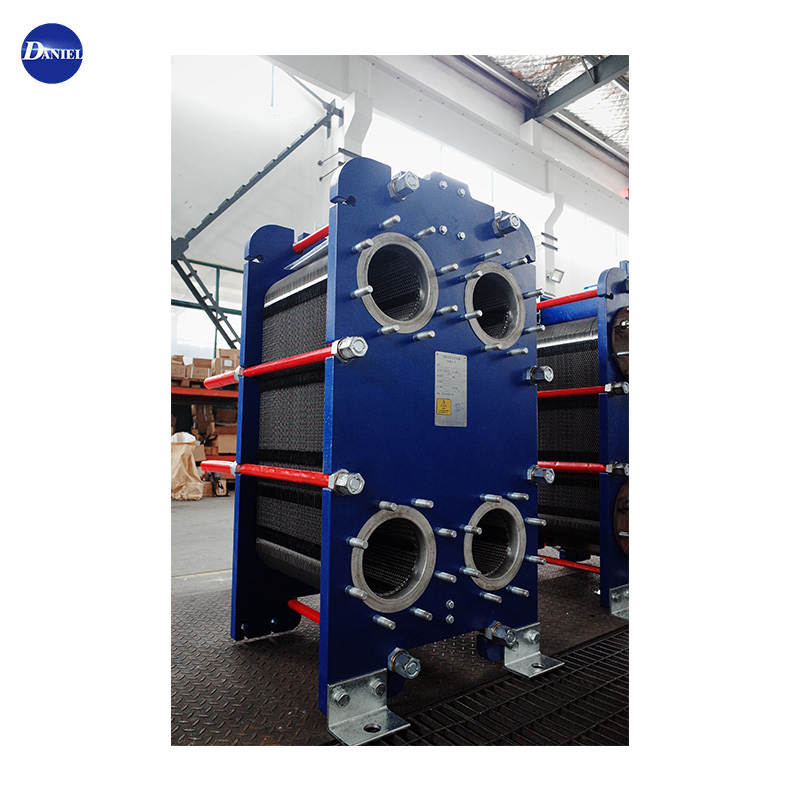How to maintain Plate Heat Exchanger
2025-05-30
Maintaining a Plate Heat Exchanger (PHE) properly is essential to ensure its optimal performance, longevity, and energy efficiency. Here’s a detailed guide on how to maintain a PHE:
Routine Maintenance for Plate Heat Exchangers
1. Regular Inspection
Frequency: Monthly or quarterly (depending on application).
What to check:
Signs of external leaks.
Corrosion or erosion of plates or frame.
Gasket condition (cracking, hardening, or displacement).
Differential pressure across the unit (a rise may indicate fouling).
2. Cleaning the Plates
There are two main methods:
a. Cleaning-In-Place (CIP)
Best for lightly fouled units without disassembly.
Use a circulating cleaning solution (e.g., citric acid, EDTA, or manufacturer-recommended).
Ensure solution is compatible with plate material (e.g., stainless steel, titanium).
Steps:
Drain the unit.
Connect CIP pump and tanks.
Circulate cleaning fluid (temperature and duration based on fouling type).
Rinse thoroughly with clean water.
Return to service.
b. Manual Cleaning
Required when fouling is severe or if CIP is insufficient.
Steps:
Disassemble the exchanger.
Remove and inspect plates.
Soak or clean plates using soft brush and mild detergent or acid solution.
Rinse and dry.
Inspect gaskets and replace if needed.
Reassemble using correct torque sequence and gasket alignment.
3. Gasket Maintenance
Gaskets degrade over time due to heat, pressure, and chemical exposure.
Check for:
Brittleness, cracks, or detachment.
If needed:
Regasket the unit (some gaskets are glued, others are clip-on).
Use OEM-approved gaskets for compatibility.
4. Tightening Bolts
PHEs have tightening bolts that should be torqued to specification.
Uneven or over-tightening can cause leaks or plate deformation.
Use a calibrated torque wrench.

5. Leak Testing
After cleaning or maintenance, pressure-test the unit with water or air.
Monitor for leaks at connections or between plates.
6. Record Keeping
Maintain a log of:
Maintenance dates.
Cleaning methods used.
Observed problems and solutions.
Plate and gasket replacements.
Tips to Extend Life and Efficiency
Install filters or strainers upstream to minimize debris.
Monitor inlet/outlet temperatures and pressures for early warning signs.
Avoid thermal or hydraulic shocks.
Use compatible fluids and cleaning agents to avoid corrosion or damage.
If u are interested in our products, welcome to contact us. We will contact you in 24 hours


